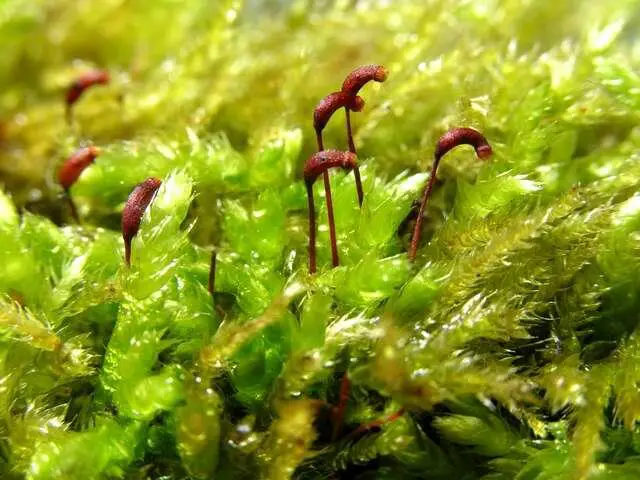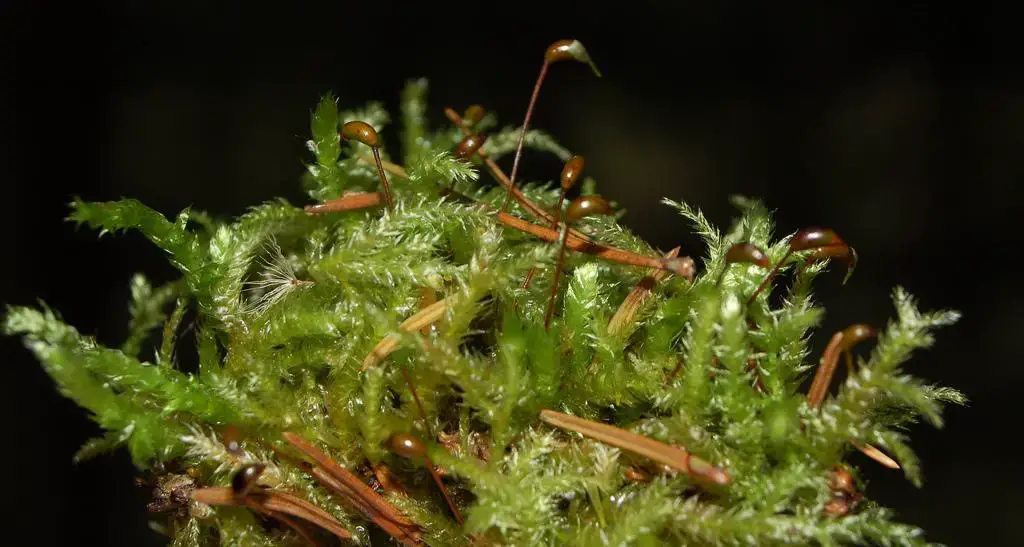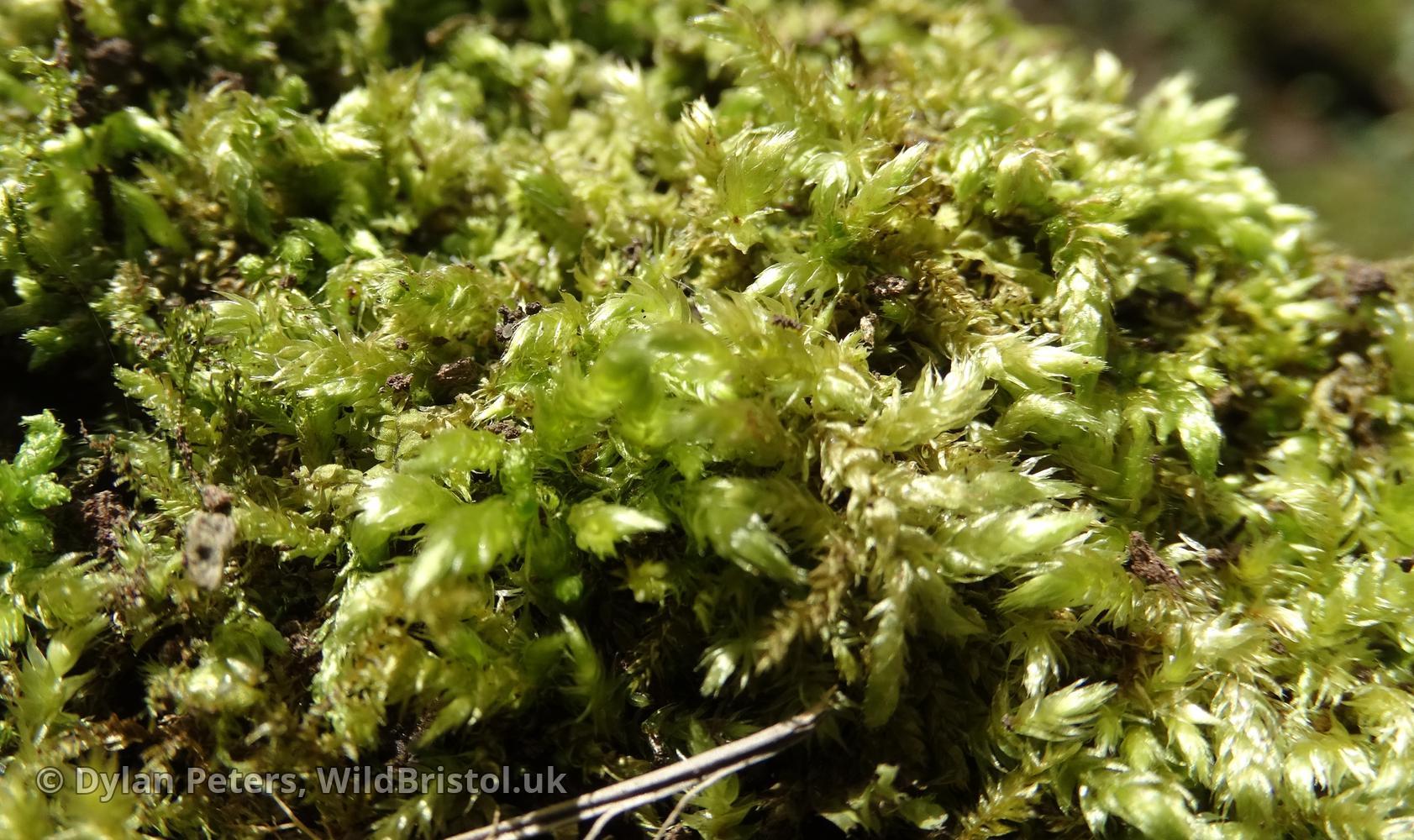
913.32424.jpg from: https://eol.org/pages/853273/media
Exploring the Fascinating World of Brachythecium percurrens Hedenäs Moss
Introduction
Mosses are often overlooked, but they play a vital role in many ecosystems around the world. One particularly interesting species is

brachythecium_digastrum.jpg from: https://www.earth.com/plants/brachythecium-moss-brachythecium-digastrum/
Brachythecium percurrens Hedenäs, a moss in the

210324151020_DSC08690.JPG.full.JPG from: https://wildbristol.uk/groups/ferns-horsetails-mosses-liverworts/river-feather-moss/
Brachytheciaceae family. In this blog post, we’ll dive into the details of this fascinating plant, from its morphology and habitat to its ecological importance.
Background
Brachythecium percurrens Hedenäs is a species of moss first described by Swedish botanist Lars Hedenäs in 1992. It belongs to the Brachytheciaceae family, which contains over 350 species worldwide. Mosses like B. percurrens are non-vascular plants in the division Bryophyta and class Bryopsida.
Morphology and Identification
B. percurrens forms loose mats of green to yellowish-green. The stems are prostrate to ascending, irregularly branched, and up to 4 cm long. Leaves are ovate-lanceolate, 1.2-2 mm long, with an acuminate apex. The leaf margins are serrate and the costa extends 1/2 to 3/4 the leaf length.
Key identification features:
- Stem leaves spreading when moist
- Leaf margins serrate from base to apex
- Costa strong, extending over 1/2 leaf length
- Alar cells quadrate to short-rectangular
Global Distribution and Habitat
B. percurrens has a wide distribution, found in Europe, Asia, Africa, and North and South America. It grows on soil, rocks, tree bases and logs in forests and disturbed habitats from lowlands to 2000 m elevation. The species tolerates a range of moisture conditions from mesic to dry.
Ecological Roles and Adaptations
Like other mosses, B. percurrens plays important roles in its ecosystem:
- Erosion control: Moss mats stabilize soil and prevent erosion
- Water retention: Mosses absorb and slowly release water
- Carbon cycling: Mosses take in CO2 and release oxygen
- Habitat for microorganisms: Mosses provide shelter for tiny invertebrates and microbes
B. percurrens has adaptations that allow it to thrive:
- Poikilohydry: Ability to survive desiccation by suspending metabolic activity when dry
- Rhizoids: Root-like structures that anchor the moss and absorb water and nutrients
- Leaf surface wax: Cuticle that helps prevent water loss
Conclusion
Brachythecium percurrens Hedenäs may be small, but this mighty moss has an important story to tell. From its global distribution to its fascinating adaptations, B. percurrens showcases the incredible diversity of the plant kingdom. Next time you’re out for a hike, take a closer look – you might just spot this remarkable species! What other secrets of the moss world are waiting to be uncovered?